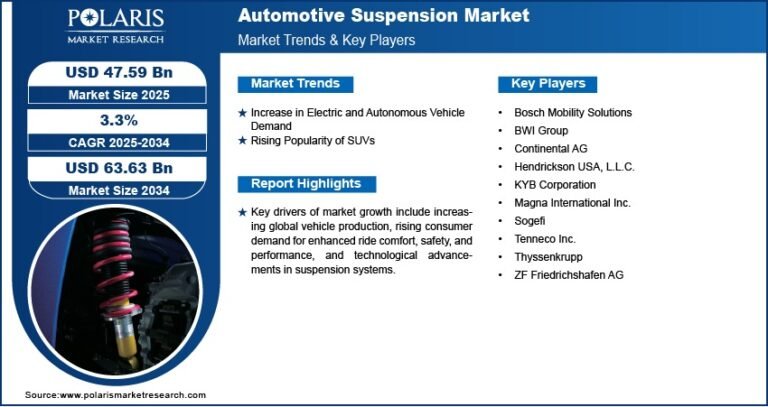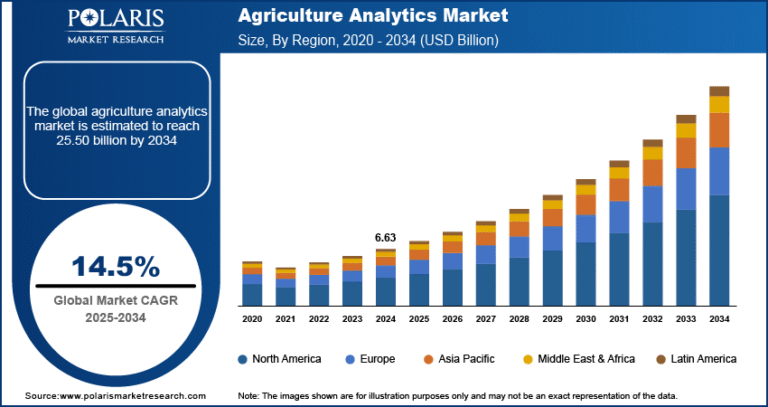Feed Premixes Market Size, Share & Trends Analysis growing at a CAGR of 10.1% from 2025 to 2030

The global feed premixes market size was valued at USD 95.85 billion in 2024 and is projected to reach USD 158.58 billion by 2030, growing at a CAGR of 10.1% from 2025 to 2030. The growing demand for high-value nutrition, along with increased awareness towards animal health and nutrition, is driving the animal feed premixes industry.
Key Market Trends & Insights
- The Asia Pacific region accounted for the largest revenue share of 41.0% in 2024.
- The U.S. feed premix market is experiencing steady growth, driven by several key factors.
- By type, the concentrate segment dominated the feed premixes market with a market share of 87.4% in 2024.
- By species, the poultry segment dominated the feed premixes market with the largest revenue share in 2024.
Market Size & Forecast
- 2024 Market Size: USD 95.85 Billion
- 2030 Projected Market Size: USD 158.58 Billion
- CAGR (2025-2030): 10.1%
- Asia Pacific: Largest market in 2024
Request a free sample copy or view report summary: https://www.grandviewresearch.com/industry-analysis/feed-premixes-market-report/request/rs1
Further, technological advancements in the field of animal nutrition and supplements have also led to the introduction of niche and sophisticated premix products in the market. Feed premixes are carefully formulated combinations enriched with essential nutrients, including amino acids, vitamins, and other additives, aimed at improving the nutritional quality of animal feed. These premixes are essential in providing livestock with a balanced diet. They are available in different forms, including powders, granules, or liquids, and they offer exceptional flexibility in their use across different feeding systems and different animal species.
In Western countries, there is a heightened awareness towards pet health, accompanied by higher spending on pet food products, including premixes. Major pet food manufacturers, including Nestlé Purina PetCare and Mars Petcare, have contributed to the widespread adoption of food premixes worldwide. Another significant contributing factor is the consistently growing rate of pet ownership in the Western region. For instance, according to an article published by the Forbes Advisor, in 2024, 66% of the U.S. households, equating to 86.9 million homes, have at least one pet. This has significantly boosted the demand for high-grade pet food and premixes across the country.
Growing demand from developing countries in South America and the Asia-Pacific region has also encouraged major companies to establish production facilities in these areas. For example, Brazil, with one of the largest cattle numbers in the world, is expected to become a major hub for companies manufacturing feed premixes, catering to the country’s strong demand. Furthermore, with more than 25% of the global milk production, India has been ranked first over the past couple of decades. Consistently growing mil production capacity is creating significant growth opportunities for the feed premixes industry in the country and region. All such factors are contributing to the growth of the market in emerging regions.
Market Concentration & Characteristics
The feed premixes market growth is high, and the pace of market growth is accelerating. The feed premixes market exhibits a moderate to high degree of innovation. While core formulations are well-established, ongoing advancements in functional additives such as probiotics, enzymes, and immune enhancers continue to enhance product performance. The growing demand for antibiotic-free, organic, and sustainable animal nutrition has also spurred the development of new, eco-friendly blends. Additionally, the integration of digital tools and precision nutrition technologies is reshaping how premixes are formulated and delivered.
The feed premixes market is witnessing a moderate to high level of M&A activity, driven by industry consolidation and the strategic ambitions of key players. Leading companies such as ADM and Cargill are actively acquiring regional and specialty firms to expand their geographic presence and diversify product offerings, including recent deals such as ADM’s takeover of Trouw Nutrition Indonesia. In addition to mergers, partnerships and joint ventures are increasingly used to enter new markets and scale operations. This dynamic reflects a broader push for inorganic growth to remain competitive in a rapidly evolving market.






